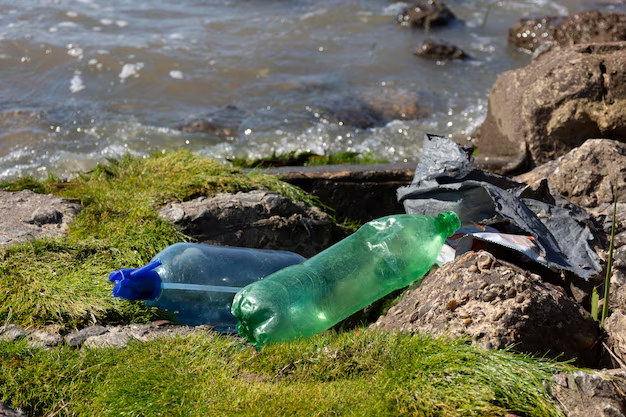services
CONSTRUCTION WASTE

Bulky waste items include discarded furniture (couches, recliners, tables), large appliances (refrigerators, ovens, TVs), and plumbing fixtures (bathtubs, toilets, sinks). A large amount (30-60%, depending on area) of bulky waste is picked up by scavengers before it is collected.

Household waste comprises of garbage and rubbish from individual home and flats/ apartments. This waste consists of fruits and vegetables, food scrapes, papers, cans and bottles, clothes, chocolate wrappers, shampoo bottles and sachets etc.

Construction waste is any material or substance that is created during construction and is discarded, whether it has been processed or stored. It can include waste from construction, demolition, excavation, refurbishment, renovation, and road works.

Concrete waste at construction sites comes in two forms: 1) excess fresh concrete mix, including residual mix washed from trucks and equipment, and 2) concrete dust and concrete debris resulting from demolition.


Ceramic tiles waste. Ceramic tiles are made using clay. The ceramic tile waste is durable, hard and highly resistant to biological, chemical and physical degradation forces. The properties of these materials make them a good and suitable choice to be used in concrete.


Plastic is a generic term used in the case of polymeric material that may contain other substances to improve performance and/or reduce costs, with plastic waste almost exclusively comprising one non-halogenated polymer and waste substances or objects


Clay waste like scrap clay, ruined pieces, and slurry water require careful disposal to avoid clogs and environmental contamination. An inevitable byproduct of ceramic art is excess clay going to waste.
